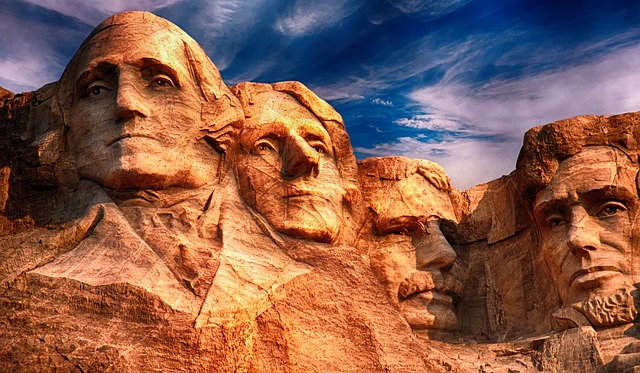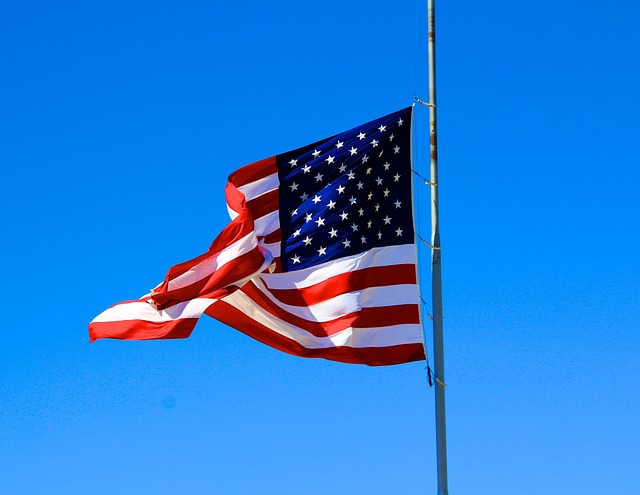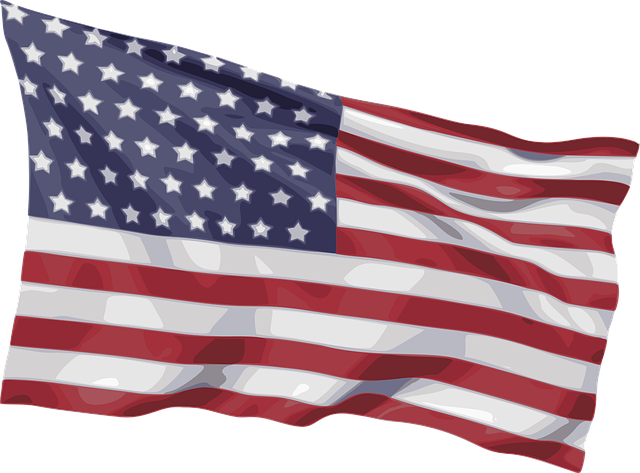The Thin Blue Line Flag, a powerful symbol honoring law enforcement, has gained global recognition. Its distinctive design combines vibrant blue with a thin blue line, representing police officers' dedication and sacrifice in keeping communities safe. This flag, easily obtained through "U.S. Flag near me" search, is proudly displayed during parades, protests, or in community spaces, reflecting historical significance and supporting local police agencies while adhering to local flag usage guidelines.
“Unveiling the powerful symbol of the Thin Blue Line Flag, this article delves into its profound meaning and history. The Thin Blue Line represents the unwavering dedication of our law enforcement officers, embodying courage and sacrifice. We explore the origins of this unique variation of the U.S. Flag, tracing its roots back to a symbol of resilience. Learn where and when it’s appropriate to display this proud emblem, including legal considerations, ensuring you can proudly fly or wear the Thin Blue Line Flag near you.”
- Understanding the Thin Blue Line Flag: Symbolism and Meaning
- The History and Origins of the U.S. Flag's Variations
- Where to Find and Display the Thin Blue Line Flag Legally
Understanding the Thin Blue Line Flag: Symbolism and Meaning

The Thin Blue Line Flag is a powerful symbol that has gained significant attention, especially among law enforcement communities and supporters worldwide. This unique design, often seen displayed proudly near U.S. flags, carries profound meaning. It represents the dedication and sacrifice of police officers who form the protective barrier in our society, metaphorically depicted as a thin blue line. The flag serves as a reminder of their unwavering commitment to keeping communities safe.
The symbolism goes beyond aesthetics; it conveys respect and appreciation for the men and women in blue. The vibrant blue color represents both peace and authority, while the simple yet striking design draws focus to its primary purpose—honoring law enforcement officers. As a result, this flag has become a popular way to show support for these public servants during parades, protests, or as decorative pieces in community spaces, further solidifying its presence in the U.S. landscape.
The History and Origins of the U.S. Flag's Variations

The U.S. Flag, also known as Old Glory or The Stars and Stripes, has undergone various transformations since its inception in 1777. Each variation reflects significant historical events and changes within the nation, making it a powerful symbol of American identity. One notable aspect is the incorporation of new states into the Union, represented by additional stars on the flag. These updates have occurred periodically as the country expanded, with the most recent addition being in 1959 when Hawaii became the 50th state.
The origins of these variations date back to the early days of American independence. The original design featured 13 stripes alternating red and white, representing the 13 colonies that declared their sovereignty. Over time, as more states joined the Union, the flag evolved, adding stars to match the number of states. Today, you can find numerous U.S. Flag variations near me, each with its own historical significance, proudly displayed in homes, businesses, and public spaces across the nation.
Where to Find and Display the Thin Blue Line Flag Legally

The Thin Blue Line Flag, a powerful symbol of law enforcement, can be proudly displayed in various locations both indoors and outdoors. To find this meaningful flag near you, simply search for “U.S. Flag near me.” Many local retailers, specialty stores, and online platforms offer a range of options to suit different preferences and display needs.
Legally, the Thin Blue Line Flag can be flown alongside the U.S. Flag or as a standalone display on public and private property. It is commonly used in front of homes, businesses, and government buildings to show support for law enforcement agencies and their dedicated service. When displayed outdoors, ensure it’s properly mounted and secure, adhering to local guidelines and regulations regarding flag usage.
